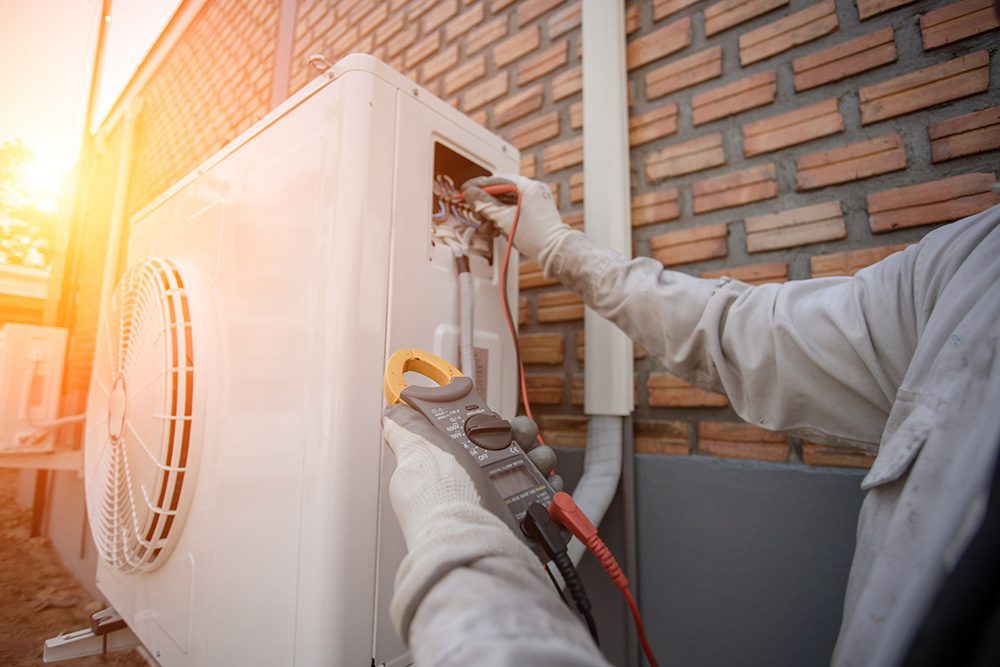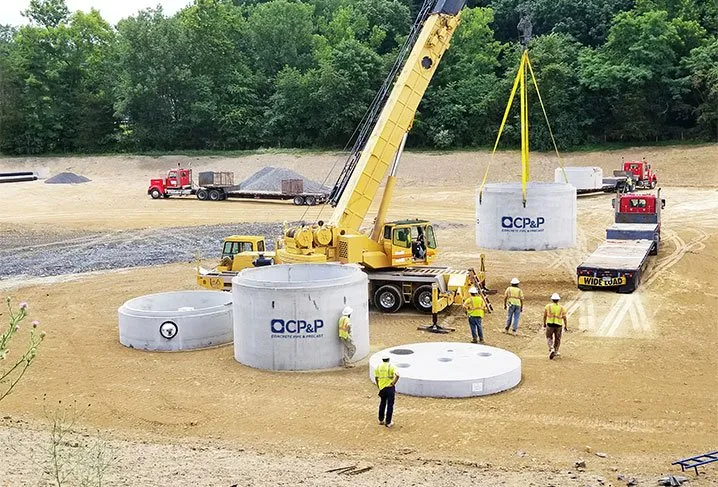When it comes to precision shooting, selecting the right rifle scope is just as important as choosing the firearm itself. The right optic can enhance accuracy, improve target acquisition, and maximize performance in different shooting conditions. This guide will walk you through the key factors to consider when choosing a rifle scope for precision shooting.
- Understanding Scope Objective Lens Size
The size of a scope’s objective lens plays a crucial role in determining light transmission and overall clarity. Larger objective lenses allow more light to enter, improving visibility in low-light conditions. However, they also add weight to the rifle. Finding the right balance between lens size and functionality is essential. For an in-depth guide on objective lens sizes, visit billingsoptics.com.
- Magnification: Fixed vs. Variable Power
Rifle scopes come with either fixed or variable magnification. Fixed-power scopes provide consistency and reliability, making them ideal for long-range shooting with known distances. Variable-power scopes, on the other hand, offer flexibility, allowing shooters to adjust magnification based on target distance and environmental factors.
Choosing the Right Magnification
- Low magnification (1x-6x):Best for close-range shooting and fast target acquisition.
- Medium magnification (7x-14x):Ideal for mid-range precision shooting.
- High magnification (15x+):Suitable for long-range shooting where pinpoint accuracy is required.
- Reticle Types and Their Applications
The reticle, or crosshair, of a rifle scope affects aiming precision and usability. Some common reticle types include:
- Duplex Reticle:Simple and easy to use, great for general shooting.
- Mil-Dot Reticle:Helps estimate range and compensate for bullet drop.
- BDC (Bullet Drop Compensator) Reticle:Designed to assist with long-range shots by compensating for gravity’s effect on the bullet.
- Illuminated Reticles:Improve visibility in low-light conditions.
- Lens Coatings for Enhanced Clarity
Coatings on a scope’s lenses reduce glare, enhance light transmission, and improve image clarity. Some common coatings include:
- Coated:A single layer of anti-reflective coating on one lens surface.
- Fully Coated:Anti-reflective coatings on all exterior glass surfaces.
- Multicoated:Multiple layers of coatings for enhanced clarity and light transmission.
- Fully Multicoated:The highest level of coating, ensuring optimal performance in various lighting conditions.
- Durability and Weather Resistance
A high-quality rifle scope should withstand harsh environmental conditions. Look for features such as:
- Waterproofing:O-ring seals to prevent moisture infiltration.
- Fog-Proofing:Nitrogen or argon purging to prevent internal fogging.
- Shock Resistance:Durable construction to withstand recoil and rough handling.
- Parallax Adjustment for Accuracy
Parallax error occurs when the reticle appears to shift relative to the target when moving the eye. Many precision shooters prefer scopes with parallax adjustment to eliminate this issue, ensuring the reticle remains properly aligned with the target at all distances.
- Eye Relief and Field of View
- Eye Relief:The distance between the shooter’s eye and the scope’s ocular lens. Longer eye relief prevents scope-related injuries, especially in high-recoil rifles.
- Field of View (FOV):The area visible through the scope at a given distance. A wider FOV helps with situational awareness and target tracking.
Conclusion
Choosing the right rifle scope for precision shooting requires careful consideration of magnification, lens quality, reticle type, and durability. By understanding these key factors, you can select an optic that enhances your shooting experience and improves accuracy. For more detailed insights on rifle scope objective lenses, visit billingsoptics.com.










